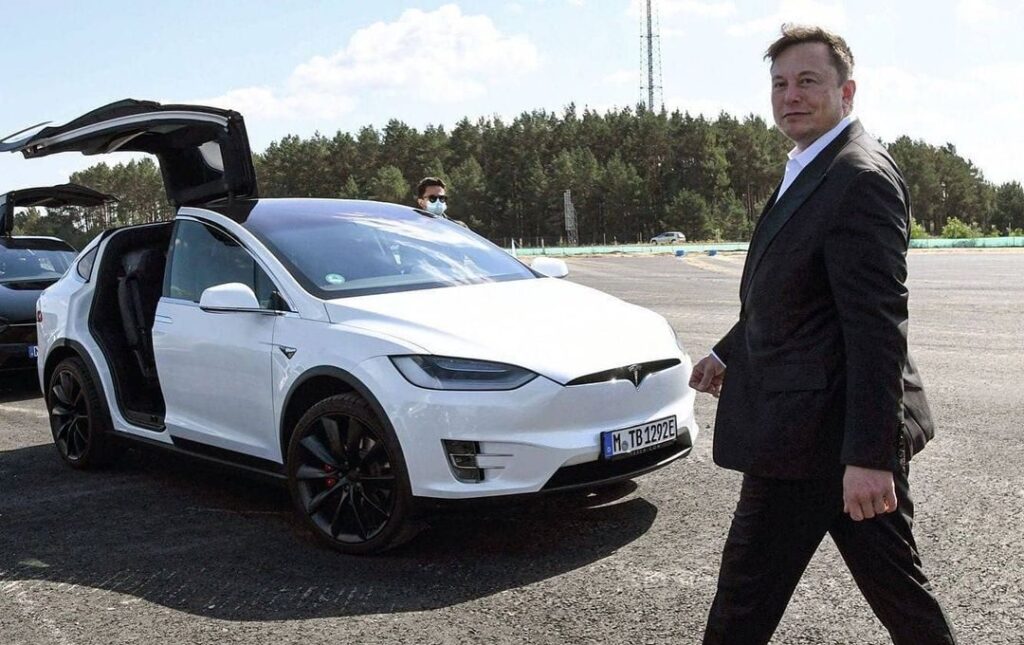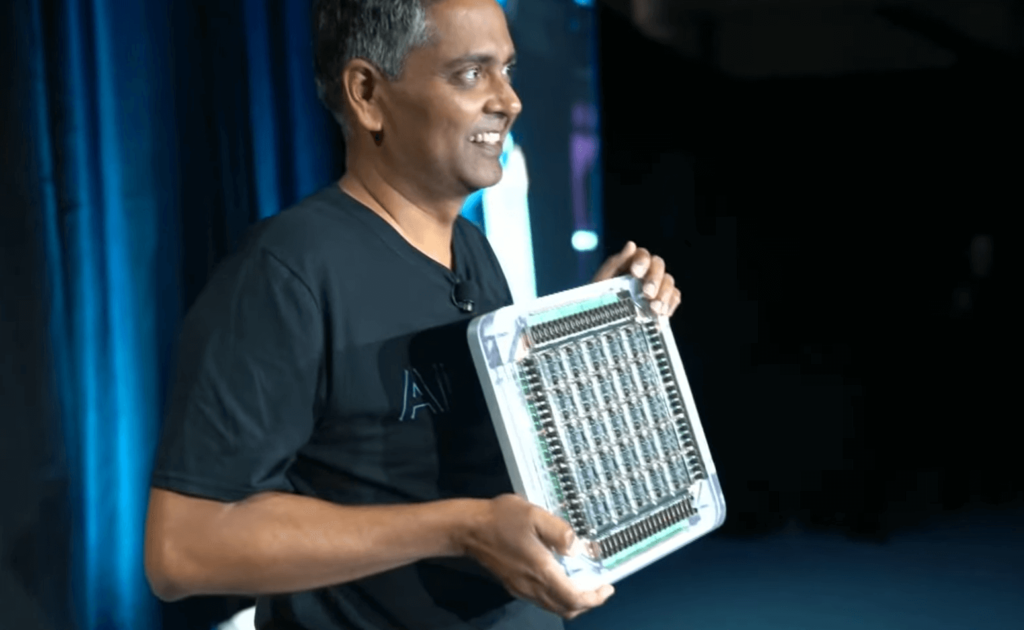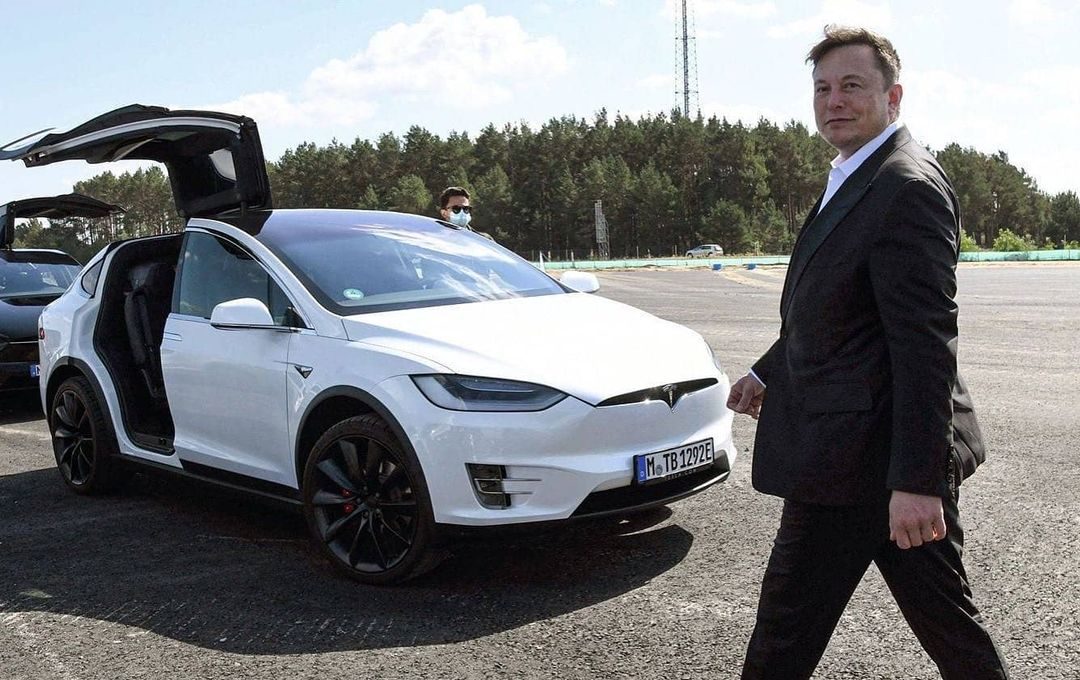For several years, Elon Musk has been vocal about the Tesla Dojo AI supercomputer, which is poised to become the linchpin of Tesla’s AI pursuits. Musk’s recent statements indicate that Tesla’s AI division will intensify efforts on Dojo as they prepare to unveil their robotaxi this October.
What is Dojo and Its Importance?
Dojo is Tesla’s custom-engineered supercomputer designed to enhance its “Full Self-Driving” (FSD) neural networks. This advancement is crucial for Tesla’s objective to achieve full autonomy in driving, a key component of their robotaxi strategy. Despite FSD being operational in approximately 2 million Tesla vehicles, it currently necessitates human supervision.
Tesla postponed its robotaxi debut to October, but the firm’s commitment to autonomous driving remains steadfast. Investments in AI and Dojo underscore Tesla’s determination to reach this milestone.
Tesla’s AI Transformation

Elon Musk envisions Tesla as more than an automaker; he aims to position it as a leader in AI, mastering self-driving technology by simulating human perception. Unlike other companies that use an array of sensors and high-definition maps for autonomous vehicles, Tesla relies solely on camera data processed through advanced neural networks.
At the inaugural AI Day in 2021, Tesla’s then-head of AI, Andrej Karpathy, described the endeavor as building “a synthetic animal from the ground up.” Musk had hinted at Dojo since 2019, with its official announcement coming at AI Day.
Training FSD: The Role of Dojo
Tesla’s FSD system depends heavily on vast amounts of driving data to train its neural networks. These networks need to recognize and categorize objects and make driving decisions in real-time. This vision-only approach necessitates immense computational power, which Dojo is designed to provide.
Supercomputers like Dojo are composed of thousands of smaller computing units, each with its own CPU and GPU. GPUs, crucial for machine learning tasks, enable rapid data processing required for FSD. Currently, Tesla uses Nvidia GPUs, but Dojo’s development aims to reduce reliance on these expensive chips by creating a more efficient in-house solution.
Tesla’s Custom D1 Chips

Tesla’s strategy includes developing its own hardware, mirroring Apple’s approach. The D1 chip, unveiled in 2021, is designed specifically for AI workloads. Manufactured by TSMC, the D1 chip boasts 50 billion transistors and is optimized for machine learning.
Tesla has integrated 25 D1 chips into a single tile, forming a powerful computational unit. Multiple tiles combine into racks and cabinets, ultimately building an ExaPOD. This scalable architecture ensures that Dojo can handle the massive data and processing demands of FSD training.
Future Prospects for Dojo
Control over chip production could allow Tesla to quickly expand its AI capabilities at a lower cost. Moving away from Nvidia chips, which are costly and in high demand, could also secure Tesla’s AI ambitions.
During a recent earnings call, Musk highlighted the difficulties in obtaining Nvidia GPUs, reinforcing the need for Dojo. Tesla’s AI expenditures for the year are substantial, with significant investments in both in-house AI hardware and Nvidia purchases.
Implications for Tesla
Dojo represents a significant risk but also a potentially transformative asset for Tesla. In the long term, Tesla could leverage Dojo for broader AI applications, potentially creating new revenue streams through robotaxis and software services. However, adapting Dojo for general AI training would require substantial software rewrites.
Musk has indicated that future versions of Dojo could compete with Nvidia’s offerings, potentially reshaping the AI landscape.
Author:
Sarah Wilson – Author and Content Writer at AiBlock Insider
